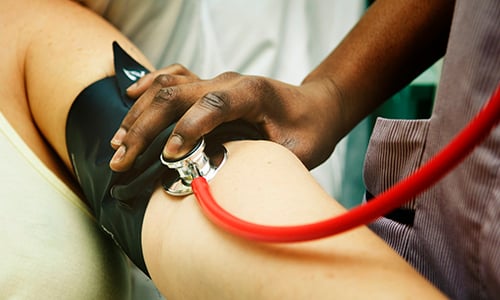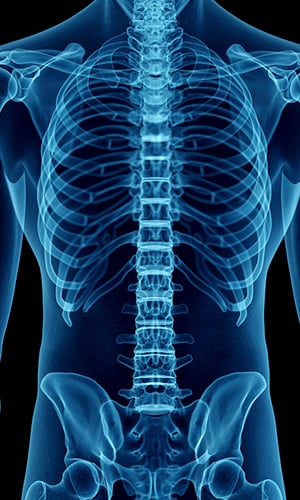Bladder issues are the number one cause of autonomic dysreflexia. If you think you may be experiencing this serious medical condition, check for these issues.
If you have a spinal cord injury at T6 or above, you may be at higher risk for a serious medical condition called autonomic dysreflexia. If your injury is from T6 to T10, you may be at moderate risk for this issue. (There is no risk for this potential problem if your spinal cord injury is below T10.)
Stroke, seizure, or cardiac arrest can occur with the onset of autonomic dysreflexia, so you and your caregivers must understand how this condition can happen if you experience the signs of autonomic dysreflexia. Many stimuli below the level of injury can bring this ailment on, resulting in a spike in blood pressure along with a slowed heart rate—a dangerous combination.
However, a few bladder issues are often the root cause and bring on the signs of autonomic dysreflexia. Some of these bladder issues are minor and can be easily resolved with a trip to the ER. Other bladder problems, such as a serious bladder infection, may require the help of a physician.
Bladder quick fixes
It may surprise you to know that some of the most innocuous bladder issues can lead to a potentially life-threatening medical condition like autonomic dysreflexia. It's because your body's autonomic system is overreacting to stimuli below your level of spinal cord injury. That's why you and your team need to be aware of the warning signs of autonomic dysreflexia, which usually arise quickly.
Three minor common causes of autonomic dysreflexia and their remedies are:
- Full bladder: Check to see if your catheter bag is overfilled and needs replacing. It's also possible that the catheter bag may be defective or not attached correctly
- Kinked or blocked catheter: Examine the tubes on your catheter to make sure they are not clogged, kinked, or blocked in any way
- Incomplete emptying: If you are using an intermittent catheter, you may not be emptying your bladder regularly enough. Your body reads this as a full bladder, which causes an overreaction
Bladder infection and more serious issues
Unfortunately, some bladder problems are not so easy to fix on your own or with your caregiver's help. They include:
- Urinary tract infection (UTI) / bladder infection: The use of a catheter can increase the risk of UTIs. Consult with your doctor on how to resolve and minimize your bladder infection risks
- Bladder or kidney stones: Small bladder stones can pass without harm. Sometimes, though, medication or surgery is needed. Left untreated, a bladder infection and other complications can occur, which may lead to autonomic dysreflexia
- Medical test on your bladder: On occasion, certain medical tests can lead to autonomic dysreflexia. Two tests that are known to cause this issue are urodynamics and cystoscopy
When to go to the ER
If you experience the signs of autonomic dysreflexia and none of the minor issues are a factor, a bladder infection or other stimuli altogether—such as bowel problems, skin issues, or trauma—may be causing your body's rapid rise in blood pressure levels. If so, visit your closest ER immediately.
References:









